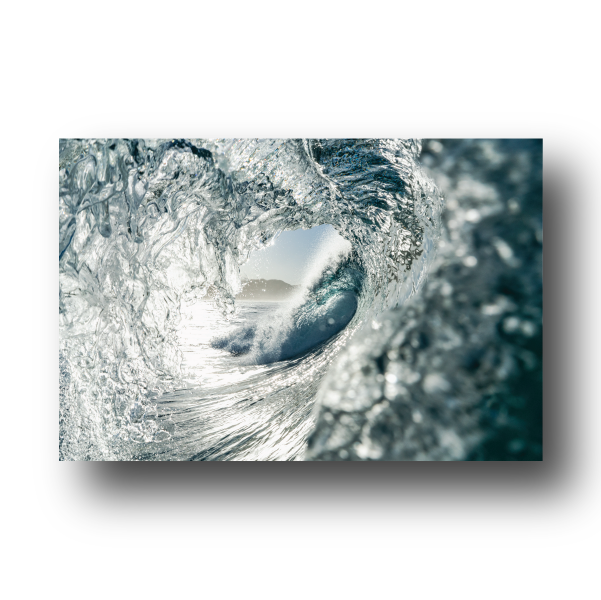7 Things You Might Not Think About When Planning Your First Adventure Travel Trip
Planning your first adventure travel trip is exciting! However, amidst the excitement, it’s easy to overlook some essential elements that can make, or break, your experience. To help you avoid common pitfalls and ensure a smooth trip, here are seven things you might not think about, but should consider, when planning your first adventure travel journey.
Looking out upon the Yosemite National Park skyline at sunset during the fall.. Photo by Dalton Johnson
1. Allowing for Downtime and Recovery
Adventure travel is thrilling but also physically demanding. While it’s tempting to pack your schedule with activities, be sure to include rest days and time for spontaneity. Downtime allows you to recharge both physically and mentally, preventing burnout and letting you enjoy each experience fully. Plan at least one, or two days to relax, whether it’s unwinding at a local café, enjoying a quiet day at your accommodation, or simply reflecting on the week’s adventures. This balance can keep you energized and reduce the risk of travel fatigue.
2. Choosing Activities for Your Skill Level
It’s easy to get caught up in the excitement of adventure travel and sign up for ambitious activities, but it’s crucial to be realistic about your comfort and fitness levels. For instance, a mountain trek might sound exhilarating, but if you’re new to hiking, a less strenuous route is a safer choice. Choose activities that align with your current skill level, or consider taking a beginner’s course on-site. Starting within your comfort zone allows you to build skills confidently and enjoy the experience without unnecessary stress.
At the risk of contradicting myself, don’t hold yourself back either. If you set a goal, trained for it, and want to push yourself, do it! I have found a common thread while traveling for mountain objective, like climbing the seven summits, and long trail runs along the Italian coastline.
Moving to camp three while climbing Denali, North America’s tallest summit. Photo by Dalton Johnson
3. Considering Weather Variability
In adventure travel, the weather can have a major impact on your plans. Unlike a typical vacation, many adventure activities depend heavily on weather conditions. Research seasonal weather trends for your destination, and be prepared for unexpected changes. Packing layered clothing, waterproof gear, and essential weather apps can make a huge difference. Additionally, having a few indoor activities in mind can give you alternatives if the weather doesn’t cooperate.
4. Prioritizing Travel Insurance
Adventure travel often involves riskier activities than regular travel, so having comprehensive travel insurance is essential. Look for policies that cover adventure sports, high elevation, and medical evacuation if you’re going to remote areas. It might feel like an added expense, but travel insurance can be invaluable if you encounter unexpected health issues or need assistance. Not only does it provide peace of mind, but it also helps you focus on enjoying your adventure, knowing you’re covered if anything goes awry.
A few companies I have used:
5. Packing the Right Gear (But Not Too Much)
When it comes to adventure travel, the right gear can make or break your experience. Focus on high-quality essentials rather than over-packing. Items like sturdy hiking boots, a reliable backpack, weather-resistant clothing, and a first-aid kit should be prioritized. It’s tempting to bring extra gadgets or outfits, but adventure travel often means carrying your belongings over rugged terrain. Packing light but effectively can keep you comfortable, mobile, and ready for any activity.
For a deep dive into all things gear, check out our gear section.
6. Understanding Cultural Norms and Etiquette
Adventure destinations often bring you closer to local communities and customs, which means cultural awareness is essential. Some destinations might have specific dress codes (especially when traveling and visiting religious sites), norms around photography, or unique greeting customs. Spend time researching these details to ensure you’re respectful and can better connect with the local culture. Cultural understanding enriches your experience and can also help you avoid misunderstandings or unintended disrespect in unfamiliar settings.
Additional Reads:
Starting to climb the first pitch of the Grand Teton at sunrise. Photo by Dalton Johnson
7. Planning for Digital Detox and Disconnecting
Adventure travel can take you to remote areas with limited connectivity, which can be a fantastic way to unplug from the digital world. However, if you’re used to being constantly connected, it’s good to plan for a digital detox. Let family or friends know your itinerary and set expectations around communication gaps. There’s nothing worse than your digital detox getting ruined by a nervous friend or family member. Use this time to immerse yourself in nature, local culture, practice journalling, and the overall adventure, embracing a break from social media and emails. You might find it’s one of the most refreshing parts of the experience.
A few stories about digital detox:
Snorkeling the Blue Hole in Belize. Photo by Dalton Johnson
Your first adventure travel trip is an opportunity to immerse yourself in unique experiences and test your comfort zone. With these often-overlooked considerations in mind, you’ll be better prepared to tackle the journey with confidence and ease. There is a fine line to navigate between traveling and adventure, but I know you will be able to find what is right for you. Stay safe and enjoy the journey.














